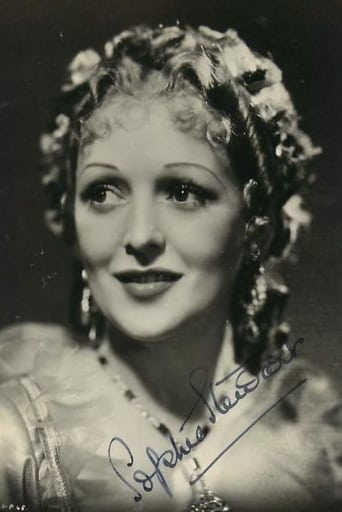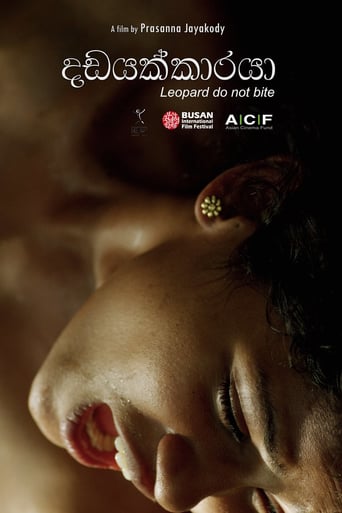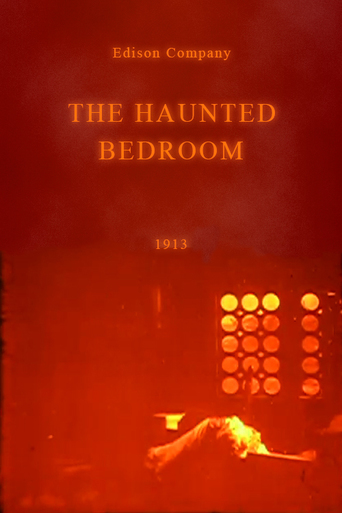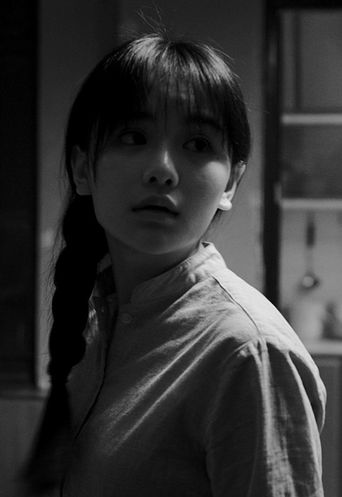
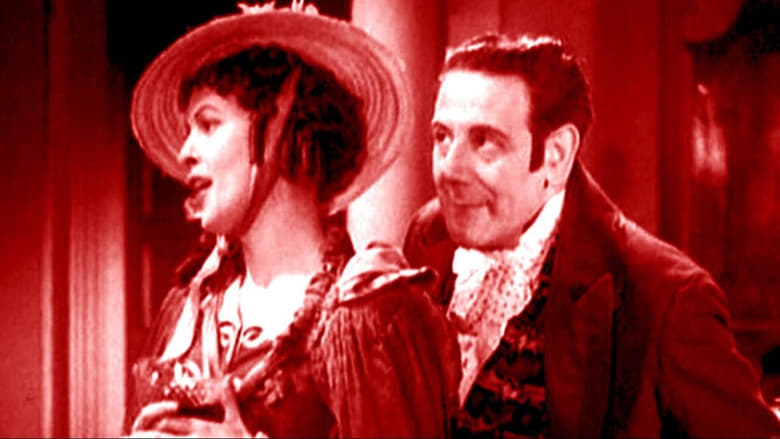
Maria Marten, or The Murder in the Red Barn (1936)
In 1820s rural England, a young girl is tricked by tales of marriage from a villainous Squire. When she becomes pregnant and disappears, a gipsy lad is blamed.
Watch Trailer
Cast


Similar titles
Reviews
This is a very scary movie. You have been warned. This is a very scary movie. It has a great story line. It also has great acting. It is scarier then A Nightmare on elm street. Do not think because it an old movie that can not be scary. This is a very scary. Do not watch it alone. It will make you AHHHHHHHHHHHHHH!
BEWARE: SPOILERS ABOUND!! Not a perfect film, but moments are absolutely incredible. Talk about being ahead of your censors in 1935.The story is one that the censors at the time probably would not want to have told. An older man (played by Slaughter) has a "one night stand" with a woman who looks at least twenty years his junior (the character of Maria Marten). He promises the young girl marriage, but on the brink of ruin, decides to marry a rich woman instead. A few months later, Maria finds she's pregnant, and unable to hide the fact anymore. Her father reacts, in perfect melodramatic fashion, by turning her out into the streets. Maria forces Slaughter into a compromising position, and what's left to do? But kill her of course! The rest IS the story.Now, with that behind us, let me say this story is predictable, the direction for the most part is simple, the acting melodramatic, and the sound engineering is sub par. So now you ask yourself, why did I give the film 9/10 rating? The answer is simple: SLAUGHTER. Simply because of his perfect execution of the oft-overlooked performances of magnificent melodramatic villainy.The scene with the burial of Maria Marten made me realize that George King's lackluster direction may have all been a set-up for this scene. It's not extraordinary, it simply establishes a perfect atmosphere for Slaughter's performance. This scene is only seconded by the "digging up" scene that comes later, where Slaughter really bares his acting chops!Really worth seeing for Slaughter, but the story, which on the surface is quite simple, really comes to life in the last twenty minutes was left wandering what was coming next. Worth the watch!9/10 stars!
Tod Slaughter made his name starring as the villains in revivals of hoary Victorian melodramas. In 1935 he enacted one of his most popular roles, that of the actual historical murderer, Squire William Corder, for the screen in MURDER IN THE RED BARN.This is a compelling film. It has the feel and resonance of a folk tale. Despite, or perhaps because of, the all out melodramatic presentation, it is more viscerally involving than many a smoother and more elegantly acted story. The plot has the bite of veracity. Supposedly wealthy Squire William Corder seduces the young and foolish Maria Martin. Heavily in debt due to gambling losses, Corder arranges a marriage to an ugly but rich woman. When Maria informs him she is pregnant and begs him to do the right thing, he promises marriage to trick her into meeting him at the remote red barn, where he murders her and buries her body under the barn's dirt floor.Of course Corder gets his just deserts due to the intervention of Maria's loutish but honest young gypsy lover, her judgmental but regretful father, and a nosy dog. The old fashioned, creaky style of the movie works to its advantage. The murder during a violent thunderstorm and the nighttime discovery of the body are wonderfully atmospheric. Tod Slaughter, of course, dominates the action. He is beyond hammy but try to take your eyes off him while he's on the screen, taking villainy into a whole different dimension. MURDER IN THE RED BARN is a good introduction to Slaughter and I plan to seek out more of his work.
Many of Tod's melodramas like Maria Marten and The Face at the Window had been filmed numerous times since the dawn of British cinema. But in partnership with quota quickie producer George King, Tod stepped in front of film cameras for the first time to capture his signature role of Squire William Corder on celluloid. A typical 2-week residency at a provincial fleapit by Tod's company would consist of Maria Marten the first week and Sweeney the second.Milton Rossmer handled directorial chores on this one instead of King and the difference shows. The camera is relatively mobile and seeks a number of interesting angles - especially as it prowls around the red Barn as Tod prepares to shoot the luckless Maria. Production values and period design are relatively high for what is in essence one of the much-derided quota-quickies. Tod is the central figure and a sympathetic, multi-faceted role for all his evil. At the opening barn dance, he is the life-and-soul of the party and ensures that all his guests are enjoying themselves as he cuts a merry caper on the dance floor. The flighty Maria is much taken with him - and who can blame her when the only alternative is the sullen Carlos the Gypsy. Far from being the callow young suitor who normally opposed Tod's leering baddies, Carlos is impulsive and a bit too handy with a knife for comfort. His pursuit of the uninterested Maria verges on stalking and Eric Portman plays him with an authority that matches Tod. The confrontation in the drawing room between the 2 men after Corder has received his dowry is an interesting conflict of two differing acting styles and I had to admire the way Corder was able to signal for help despite been at the mercy of Carlos. Tod Slaughter also demonstrates what a skilled comedy actor he was with some amusing interludes as he loses heavily at dice to a suavely-sleazy Dennis Hoey His facial contortions are a joy, as is his swindling of idiot Tim Winterbottom and his scarcely-concealed repulsion from his intended - the big-nosed Psalmist. By the end of the 30's, Tod's acting style was, even then, regarded as pass? and a bit of a joke. He was often reduced to performing shortened dramatic acts on stage on the ABC cinema circuit. Nonetheless, he kept active throughout his life (American soldiers stationed in Belfast during the war seeing him on stage didn't know what to make of him).



